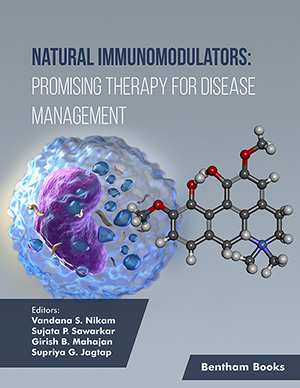
Abstract
Obesity is closely associated with the Metabolic Syndrome, which includes insulin resistance, glucose intolerance, dyslipidemia and hypertension. The best predictor of these morbidities is not the total body fat mass but the quantity of visceral (e.g. omental, mesenteric) fat. Glucocorticoids play a pivotal role in regulating fat metabolism, function and distribution. Indeed, patients with Cushings syndrome (a rare disease characterized by systemic glucocorticoid excess originating from the adrenal or pituitary tumors) or receiving glucocorticoid therapy develop reversible visceral fat obesity. The role of glucocorticoids in prevalent forms of human obesity, however, has remained obscure, because circulating glucocorticoid concentrations are not elevated in the majority of obese subjects. Glucocorticoid action on target tissue depends not only on circulating levels but also on intracellular concentration. Locally enhanced action of gluccorticoids in adipose tissue and skeletal muscle has been demonstrated in the Metabolic Syndrome. Evidence has accumulated that enzyme activity of 11β-hydroxysteoid dehydrogenase type 1 (11β-HSD1), which regenerates active glucocorticoids from inactive forms and plays a central role in regulating intracellular glucocorticoid concentration, is commonly elevated in fat depots from obese individuals. This suggests a role for local glucocorticoid reactivation in obesity and the Metabolic Syndrome. 11β-HSD1 knockout mice resist visceral fat accumulation and insulin resistance even on a high-fat diet. Furthermore, fat-specific 11β-HSD1 transgenic mice, those have increased enzyme activity to a similar extent seen in obese humans, develop visceral obesity with insulin and leptin resistance, dyslipidemia and hypertension. In adipocytes, both antidiabetic PPARγ agonists and LXRα agonists significantly reduce 11β-HSD1 mRNA and enzyme activity, suggesting that suppression of 11β-HSD1 in adipose tissue may be one of the mechanisms by which these drugs exert beneficial metabolic effects. Recently reported selective inhibitors of 11β-HSD1 can ameliorate severe hyperglycemia in the genetically diabetic obese mice. In summary, 11β-HSD1 is a promising pharmaceutical target for the treatment of the Metabolic Syndrome.
Keywords: hydroxysteoid dehydrogenase type, local glucocorticoid reactivation, metabolic syndrome, visceral fat obesity, diabetes, knockout mouse, transgenic mouse




















